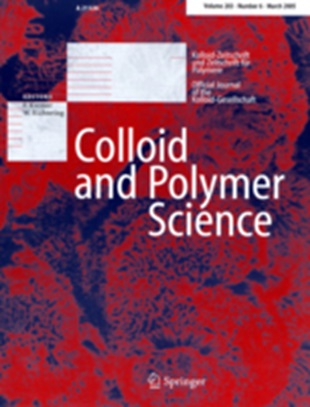Investigating the binding interactions of cetirizine and diphenhydramine in SDS-SDBS mixed micelles
Abstract
This study addresses a crucial gap in micellar drug delivery by examining the binding mechanisms between cationic drugs and mixed micelles. Understanding these interactions is vital for optimizing drug solubilization and release behavior. We explored the interactions of cetirizine hydrochloride (CTZ) and diphenhydramine hydrochloride (DPC) with mixed micelles composed of sodium dodecyl sulfate (SDS) and sodium dodecylbenzene sulfonate (SDBS). UV-absorbance spectra revealed that drug absorption increased with the mole fraction of SDBS in the micelles, suggesting effective binding. The binding constants (LogKb) for both drugs were higher in mixed SDS-SDBS micelles than in single-component micelles, with CTZ exhibiting stronger binding due to its electrostatic and hydrophobic interactions. The mean number of drug molecules per micelle (io) showed that CTZ occupied micelles more efficiently than DPC, correlating with the higher Kb values observed. The partition coefficients (Kx) from Kawamura’s model further indicated that CTZ had a greater affinity for the micelles compared to DPC. Additionally, dynamic light scattering (DLS) and transmission electron microscopy (TEM) demonstrated that the presence of CTZ and DPC resulted in larger micellar aggregates, with micelle size increasing as the mole fraction of SDBS rose. Molecular docking studies supported these findings, predicting that both drugs interacted electrostatically with the anionic surfactants, with CTZ binding more strongly due to its hydrophobicity and larger aromatic structure. These results provide a deeper understanding of drug-micelle interactions and highlight the role of electrostatic and hydrophobic forces in improving drug delivery systems. The study offers valuable insights into the design of more efficient mixed micelle-based drug delivery systems.

 求助内容:
求助内容: 应助结果提醒方式:
应助结果提醒方式:


